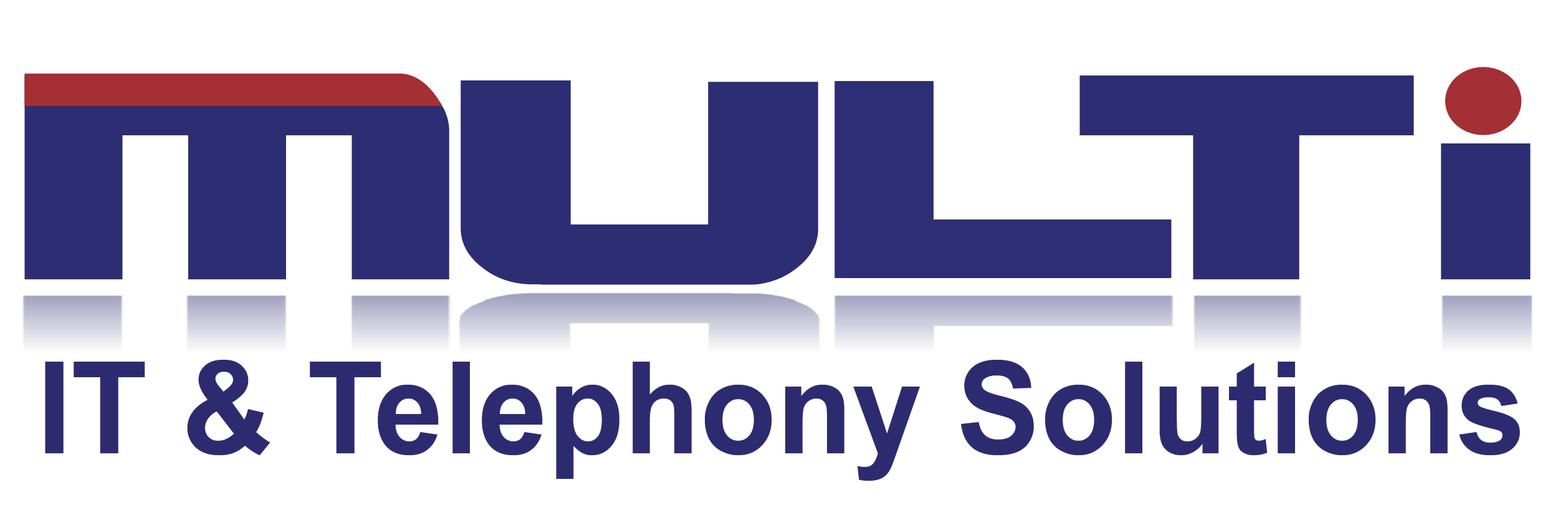1. Do not open suspicious looking emails or click on URLs / hyperlinks in such mails.
This cannot be stressed enough and is still a major reason for infection. If in doubt, delete!
- For businesses it is worth employing third party cloud-based email hygiene subscription services (such as our email software). These scan emails before they are delivered. They also offer features such as URL redirection, so that if a user clicks on an email link it is first checked as safe by the vendor before the user is sent to the original link. If the scan process detects an unsafe link it prevents the user from proceeding.
2. Do not open suspicious looking attachments or attachments from unknown / untrustworthy senders.
- Current ransomware and malware variants often embed themselves in attachments as jpeg files (the most common image file type).
3. When browsing the internet do not click on pop-ups that state that your computer or software is out of date.
This is another way ransomware and malware infects your machine.
- Your computer and the software on it typically have their own systems that manage updates. If in doubt, ask your IT support provider.
4. Make sure you have up-to-date anti-virus software installed.
New variants of ransomware and malware are released on a regular basis so it is imperative to keep your anti-virus software up to date.
- A number of anti-virus vendors have scanning components that can detect, and prevent / quarantine a number of ransomware variants. It is worthwhile to find out if the anti-virus software one has installed has this capability.
5. Back-up your critical data on a regular basis.
- Have multiple copies and keep some offline.
- Key words here are:
Critical data – data that the business or individual cannot afford to lose or that would be very expensive to recreate.
Regular basis – as often as is required to protect the critical data that needs to be protected. How much one can afford to lose is typically dictated by how difficult / costly it is to recapture / recreate that data.
Multiple copies – one copy of a back-up often does not suffice. Ransomware can go undetected at first and you can end up with a back-up that has encrypted / infected data on it.
Offline – not connected to your PC, laptop, server or network. If it is connected it can get infected.
6. Act on your suspicions if something appears to be wrong with your PC / laptop.


- Most of us know what the “default” behaviour of our PC / laptops is like. We are used to how it is supposed to perform and what we are usually able to do. If you suspect something is amiss get IT support immediately.
7. Turn your PC off immediately if you suspect it is infected.
- You know you are infected when you try to access data and a pop-up asks for money to access that data. Turn your PC off right then and there. This is something many people fail to do. The machine is instead left on and other machines, and file servers if on company network, are then also infected. It goes from bad to worse very fast.
- The longer you leave it on whilst infected the more time it has to encrypt data.
8. Do not try to fix it yourself unless you are an IT professional who has dealt with ransomwarebefore.
- Get your IT support involved ASAP. And have the latest back-up ready for them.
- Any time wasted trying to fix things yourself allows the ransomware and malware to spread.
- If your machine is encrypted the only safe recourse is to restore from the last known healthy back-up.
- Paying the ransom is an option generally not recommended by IT professionals as there are no guarantees that the deal will be honoured.
A Safe Easy Alternative
9. Have expert IT Professionals keep you safe
- IT professionals deal with security threats daily and the good IT support companies will do it before it ever becomes a threat to you.
10. The answer you have been searching for!
- Multi Managed Services, or as you may have already heard, complete peace of mind with 24/7/365 Monitoring, Support and Security all for a low fixed monthly fee.

